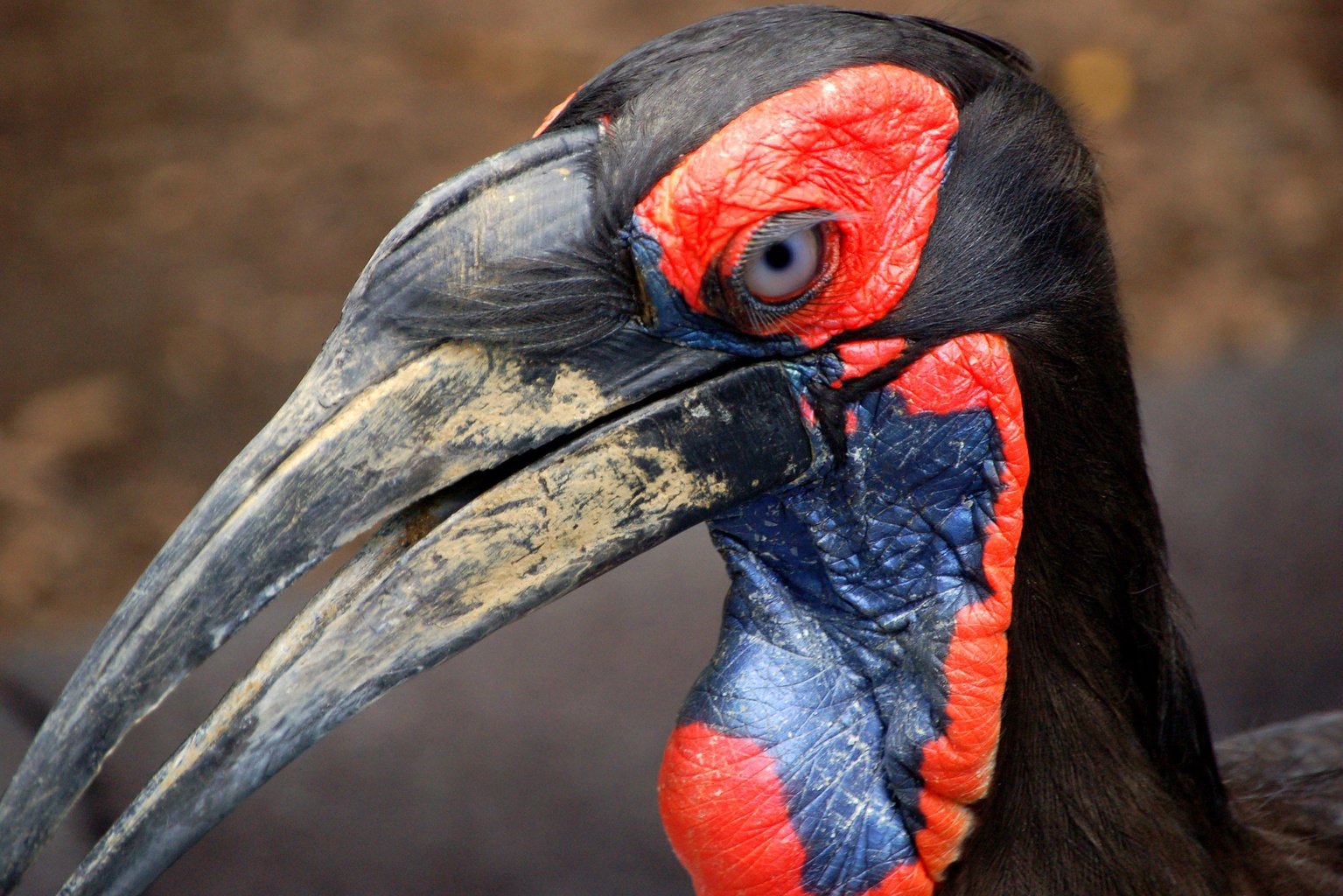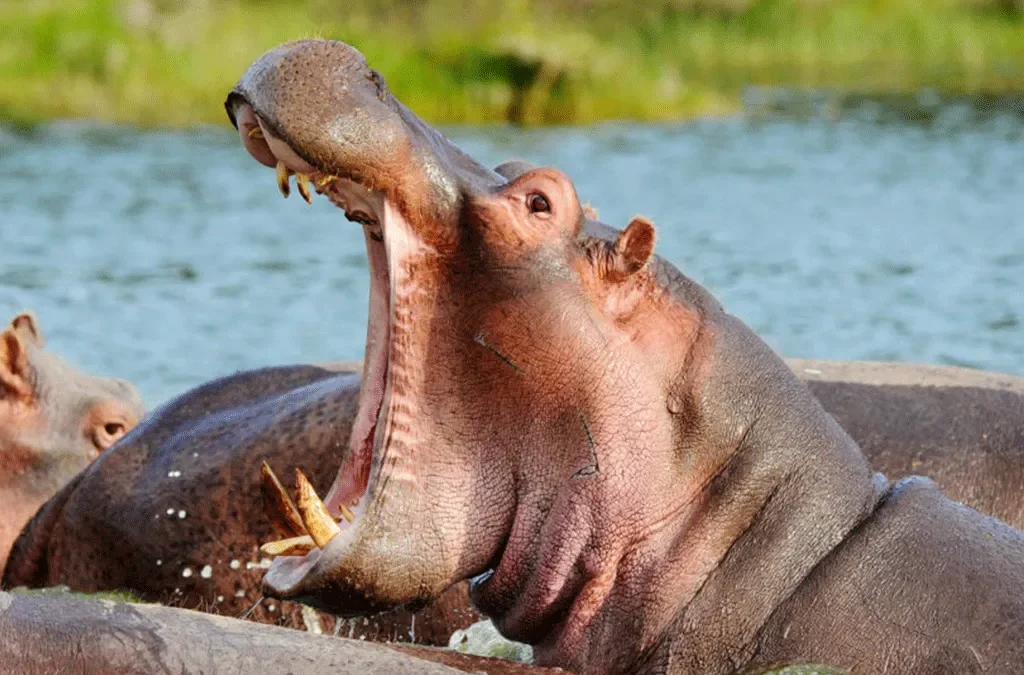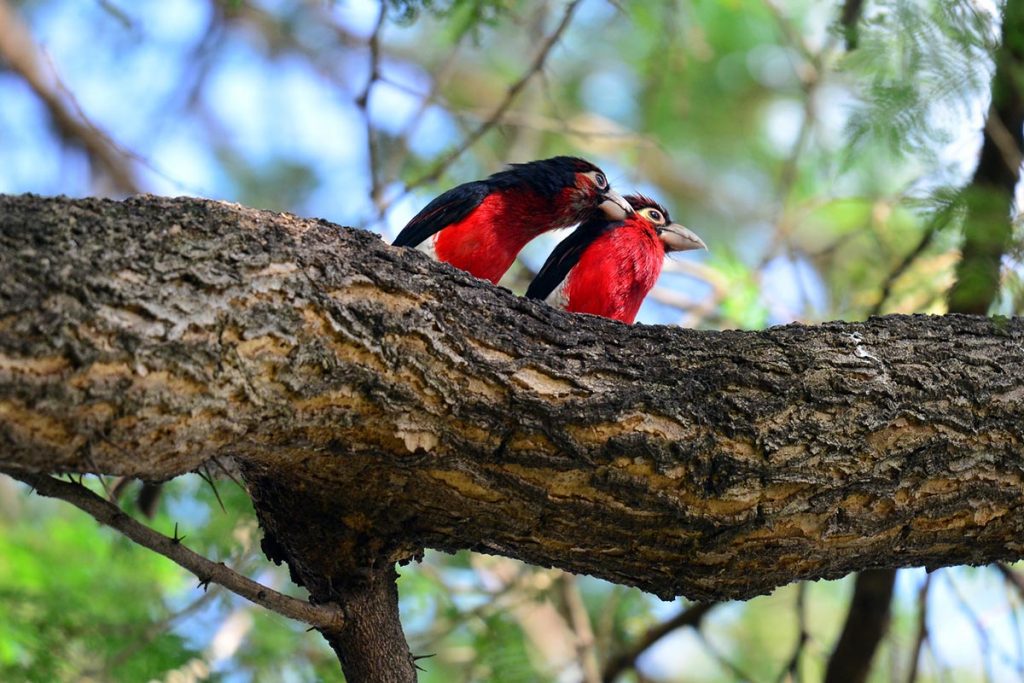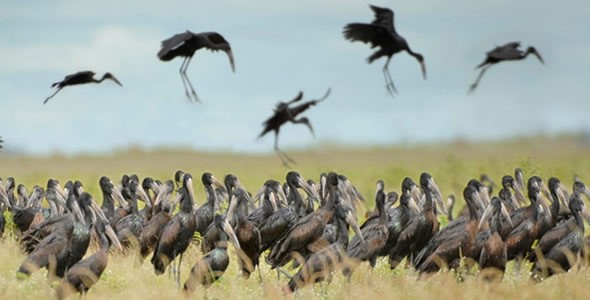
Lake Rwihinda Natural Reserve
Lake Rwihinda Natural Reserve aka Rwihinda Natural Reserve, located in northern Burundi near the town of Kirundo and close to the Rwandan border, is a

Lake Rwihinda Natural Reserve aka Rwihinda Natural Reserve, located in northern Burundi near the town of Kirundo and close to the Rwandan border, is a

Rusizi National Park is a stunning natural reserve located in Burundi, near the capital Bujumbura. It is one of the country’s most important wildlife conservation
Kibira National Park is a lush, biodiverse rainforest located in northwestern Burundi, covering approximately 400 km². It stretches across the peaks of the Congo-Nile Divide,

Bururi National Reserve is a protected area known for its rich biodiversity and stunning landscapes. Located in Burundi, the reserve is home to a variety

Ruvubu National Park is the largest national park in Burundi, covering approximately 508 square kilometers. Located in the northeastern part of the country, it stretches
Burundi, located in East Africa, offers travelers a blend of lush landscapes, rich culture, and vibrant wildlife. Whether you’re visiting for trekking, cultural experiences, or simply to enjoy the beauty of the country, choosing the right time for your Burundi trip is crucial to fully appreciate what Burundi has to offer. This guide outlines the best times to visit based on weather patterns, activities, and the ideal months for various experiences.
Best travel Seasons in Burundi
Burundi experiences two main seasons: the dry season and the rainy season, both of which significantly influence travel conditions. These seasons alternate throughout the year and determine the best times for certain activities such as wildlife viewing and trekking.
The dry season is considered the best time to visit Burundi for most activities, offering more predictable weather and ideal conditions for outdoor exploration.
June to September: This period marks the longer dry season in Burundi. During these months, you can expect clear skies, moderate temperatures, and minimal rainfall, making it an ideal time for hiking, wildlife viewing, and cultural visits. The temperatures range from 15°C to 25°C (59°F to 77°F), ensuring a comfortable climate for exploration.
December to January: The shorter dry season, spanning about two months, is another great window for travel. While slightly warmer than the June to September period, this season is also ideal for trekking and visiting national parks, with manageable temperatures and reduced humidity.
Our most Highlights of the Dry Season:
Hiking and Trekking: The dry season offers clearer trails and better visibility, making it ideal for those interested in trekking through national parks such as Kibira National Park, where chimpanzee trekking is a major attraction.
Wildlife Viewing: Wildlife congregates around water sources, making animals easier to spot. This is particularly relevant for visits to parks like Ruvubu National Park.
Cultural Experiences: The drier weather makes visiting rural communities and exploring cultural heritage sites, such as Gitega National Museum or the Royal Drums of Gishora, more enjoyable.
Burundi’s rainy season sees more significant rainfall, especially from February to May. While not the best time for certain outdoor activities, the landscape becomes exceptionally green, and for those who enjoy solitude and bird-watching, this can still be a rewarding time to visit.
February to May: This period is the primary rainy season, where the country experiences the heaviest rains. Roads, particularly in rural areas, can become challenging to navigate due to mud, and trekking trails are often slippery. However, birdwatchers will find this period attractive, as migratory birds flock to the region, and the landscapes turn lush and vibrant.
October to November: This is a shorter rainy season, with intermittent rain. Travel is still possible during this time, especially for those interested in seeing the full greenery of Burundi’s landscapes.
Our most Considerations for the Rainy Season:
Chimpanzee Trekking: While trails may be slippery, the rainy season can still offer good opportunities to see chimpanzees in Kibira National Park, as the rains draw them to lower altitudes.
Bird-Watching: The rainy season, particularly from October to May, is prime for bird-watching enthusiasts, as Burundi hosts a wide range of migratory and local bird species.
Best Time for Specific Activities
1.Wildlife Viewing:
The dry season (June to September and December to January) is ideal for spotting wildlife in parks like Ruvubu National Park, as animals tend to gather around limited water sources.
2.Chimpanzee Trekking:
The best time for chimpanzee trekking in Kibira National Park is during the dry season, particularly from June to September. Trails are clearer, and the lack of rain makes for a more comfortable trek. However, trekking is possible year-round, with the caveat that trails during the rainy season can be challenging.
3.Cultural Tourism:
Exploring Burundi’s rich culture, including visits to traditional sites like Gitega, the Royal Drums of Gishora, and local communities, is best during the dry seasons. The drier conditions make travel between regions easier and more enjoyable.
4.Bird Watching:
Bird watchers may prefer the rainy season (especially from October to November), when Burundi’s national parks are vibrant with migratory bird species.
Climate Overview by Region
Central Burundi: Home to Bujumbura, the capital city, and Lake Tanganyika, this area enjoys a relatively mild climate. The dry season is perfect for enjoying the lake’s beaches and taking boat rides.
Northern Burundi: Known for its mountainous landscapes and cooler climate, this region is great for hiking, particularly in Kibira National Park.
Eastern Burundi: Featuring more open savannah landscapes, the Ruvubu National Park offers better wildlife viewing during the dry season.
Best Time to Visit by Month
June to September: Best overall time for visiting, ideal for trekking, wildlife, and cultural tours.
December to January: Excellent for trekking and wildlife viewing, with slightly warmer temperatures than the mid-year dry season.
February to May: Rainy, best avoided for most outdoor activities, but good for bird-watching and enjoying the green landscapes.
October to November: A shorter rainy season, suitable for bird-watching, but not ideal for trekking or road trips.
For most travelers, the dry season from June to September and December to January is the best time to visit Burundi, offering optimal conditions for outdoor adventures, wildlife viewing, and cultural experiences. The rainy seasons can still be a rewarding time for those interested in bird-watching and lush, green landscapes, though travelers should be prepared for more challenging conditions.
By planning your trip during these recommended times, you’ll be able to make the most of Burundi’s natural beauty, wildlife, and cultural heritage.
